From re-wording the daily schedule to letting the students choose what they feel they need to work on.
At the beginning of this school year I began thinking about how my student's days look. My first change was to assist my own questioning skills, as well as how the students are thinking about a lesson. I challenged myself by writing thoughtful inquiries onto the daily planner, and also matched PYP approaches to learning (skills), learner profile attributes, attitudes, and key concepts to each block of the day.
This is what some of those days looked like. As you can see, it has changed over time already.
My thought process here was to eventually get the students to label what skills they were learning in each block.. but how to do this was the next question.
As I read through my Twitter feed and some blogs, I saw more and more teachers offering ideas about agency in the classroom. How can I offer agency and freedom to my grade 3s while still providing some structure to the day to ease them into this idea? Do I need to tell them when they are doing certain things, and how to do them? No, of course not. These two ideas seemed to mesh into each other. I am taking it in small steps and have started with Guided Reading. Instead of choosing groups for my students and giving them a focus question, my questions became as broad as "what do YOU need to work on?" and allowing them to plan that one session per day. As a class, we came up with what we must do every week, what we should do every week or two, and what we could also do with some extra time. There is also a column for what they might want to do, if they have a proposal for a new activity.
At the beginning of the week, we plan what to do for the whole week. We also look at the approaches to learning so that we know what skill we are focusing on, and how we might improve on those skills. (I do also realise that on both of these screenshots I have written Attitudes to Learning instead of "Approaches to learning" oops!)
One of the things the student Must do is sign up for at least one workshop with me. This ensures that I am still hearing them read each week, and can focus on their needs (or what they feel are their most important needs that week). In the example below, it was based on the landform that they studied, but my idea for the next unit is to work on a different reciprocal reading strategy each day, and they can choose what one(s) they want to improve.
So far, it is working fantastically. I have noticed a change in the tone of the classroom during these Guided Reading sessions. Because I am not telling them what to do, they have more motivation to do it. They always enjoyed Guided Reading, but now every day they are doing exactly what they want to do, even if it is just because they know it is what they need to be working on. We just recently had Parent Teacher Conferences and I had numerous parents giving me positive feedback about this. It is really promoting independence, responsibility, motivation, and self-reflection.
I have already set a goal for myself of implementing this strategy into more areas of my classroom. The timetable below is a 2-week rotation for my class. I plan to introduce one new subject at a time, probably with Math next.
3 Comments
|
Cindy KaardalPassionate Educator and Innovation Coach. Archives
July 2024
Categories
All
|
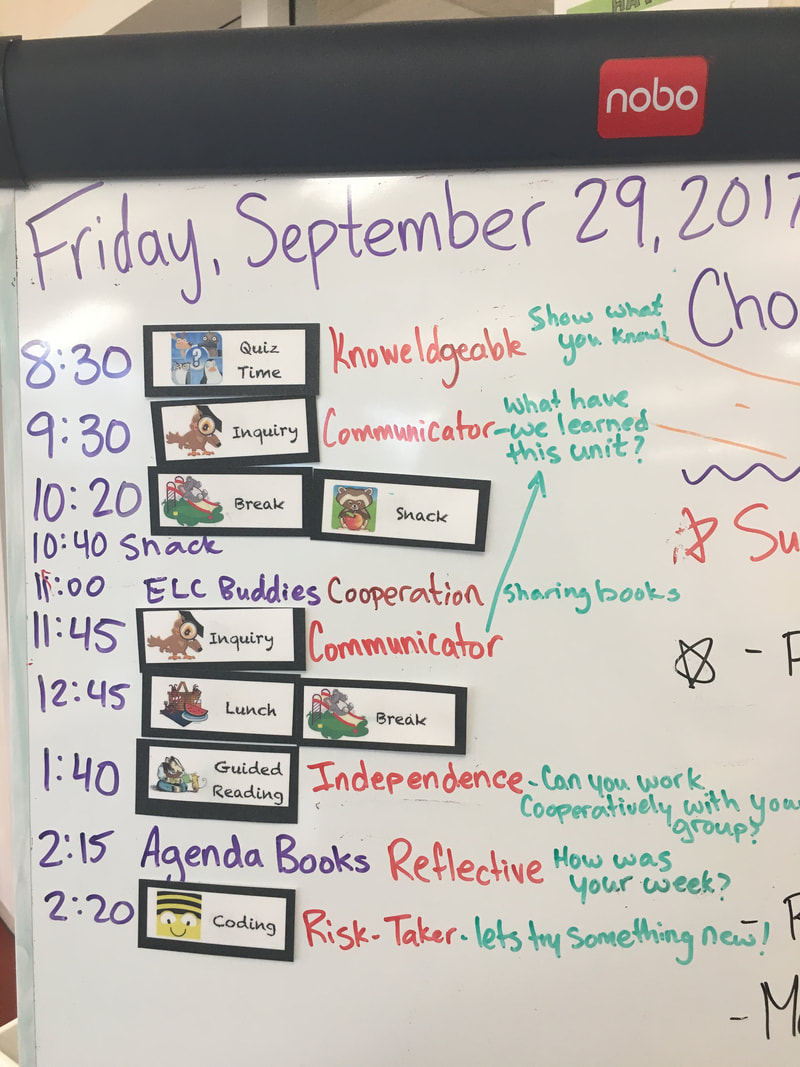
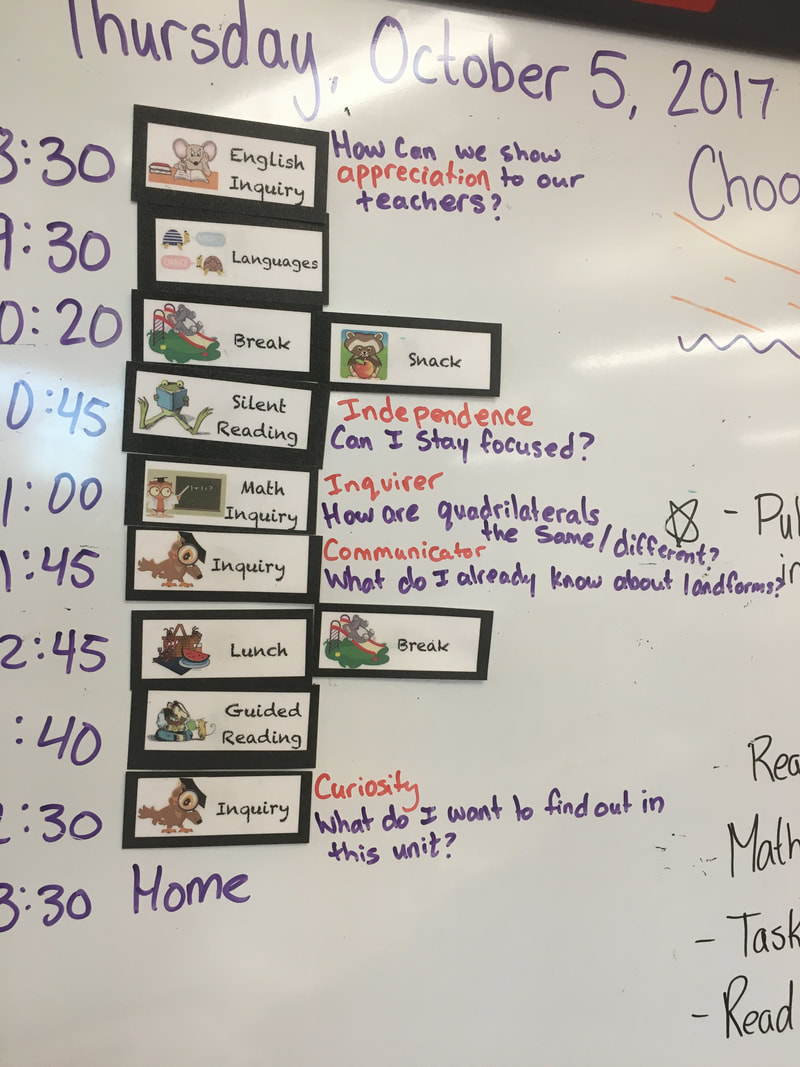
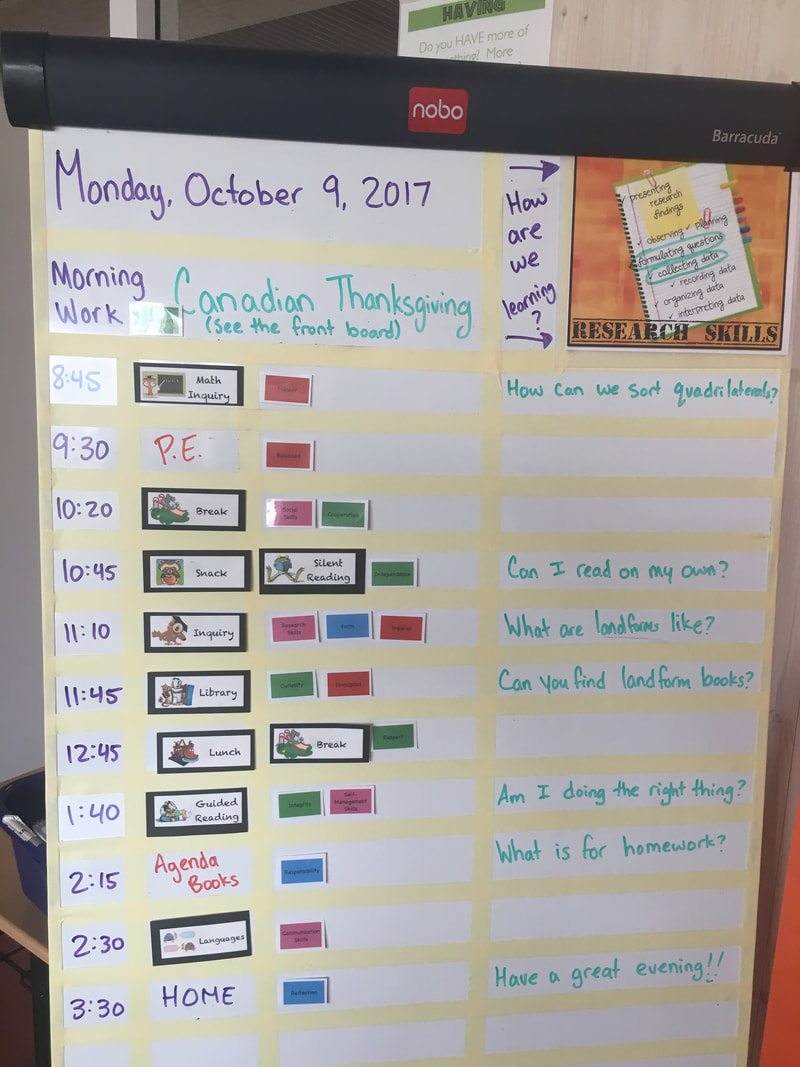



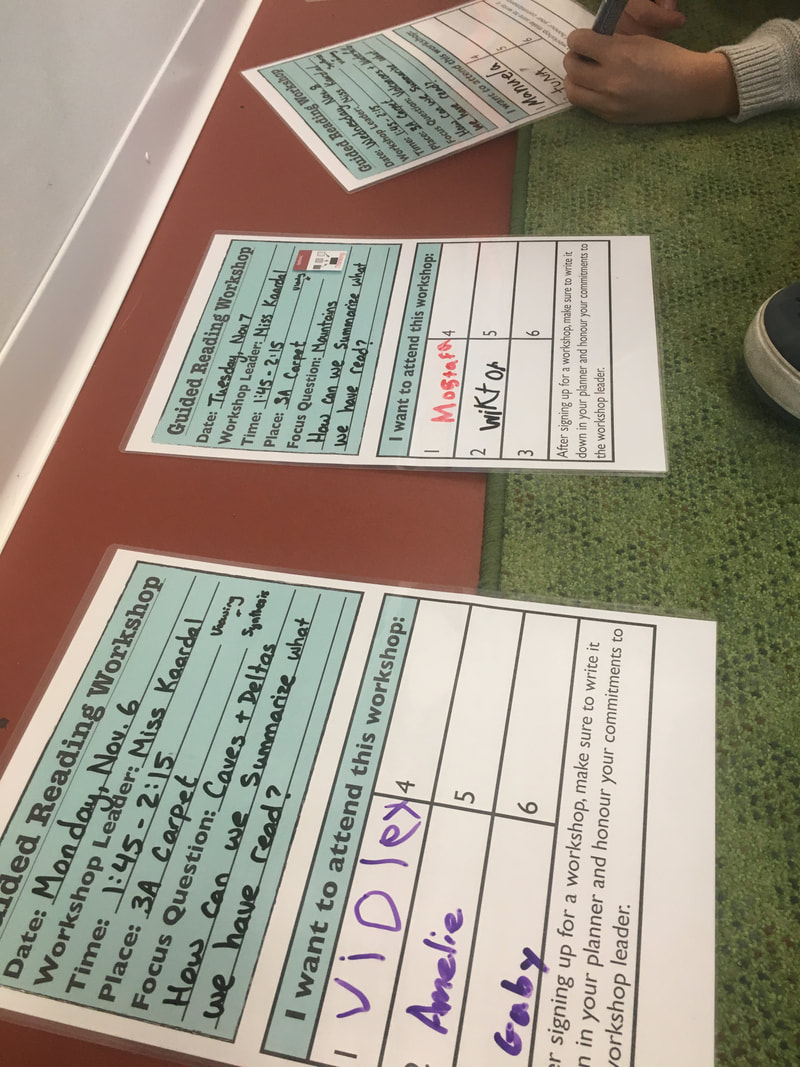







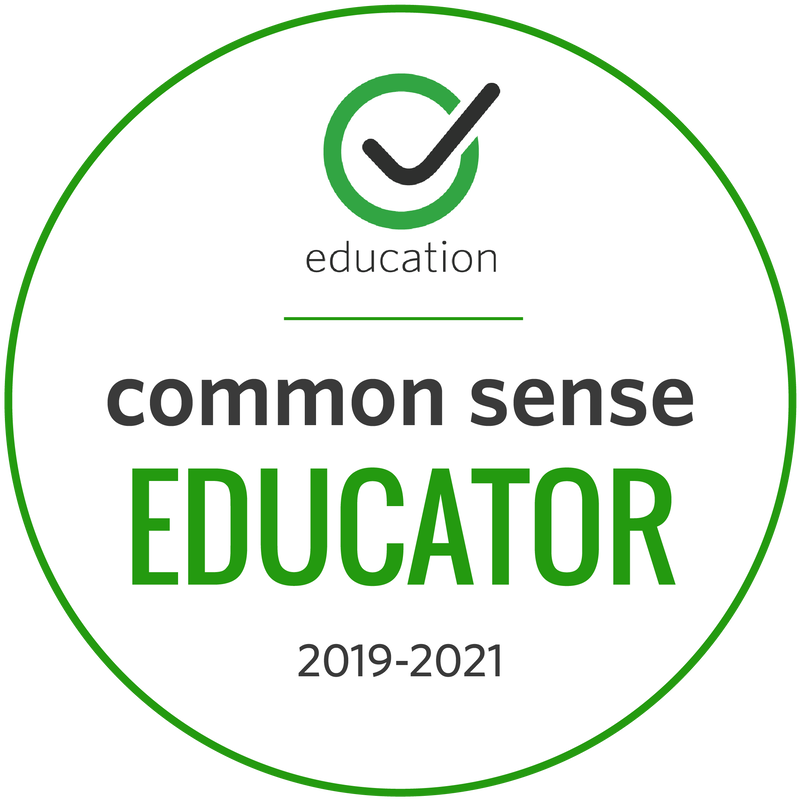
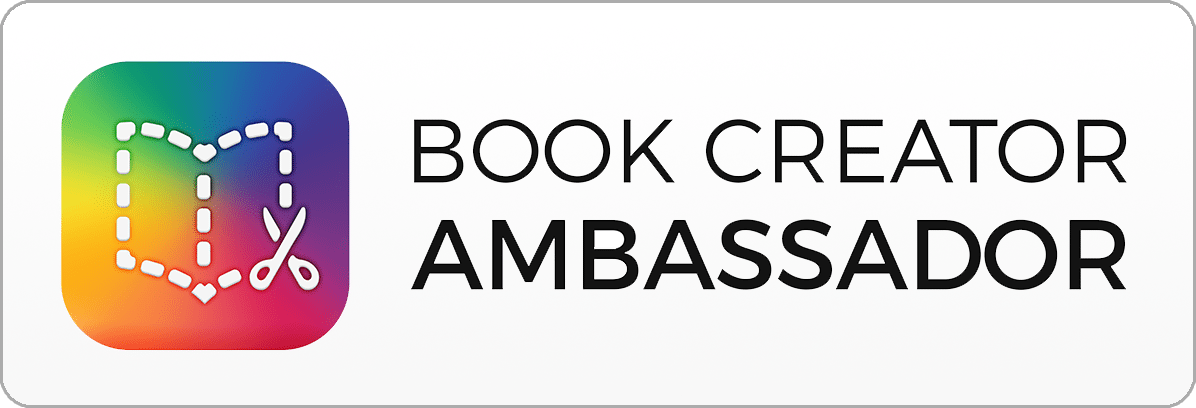


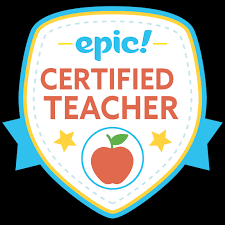

 RSS Feed
RSS Feed